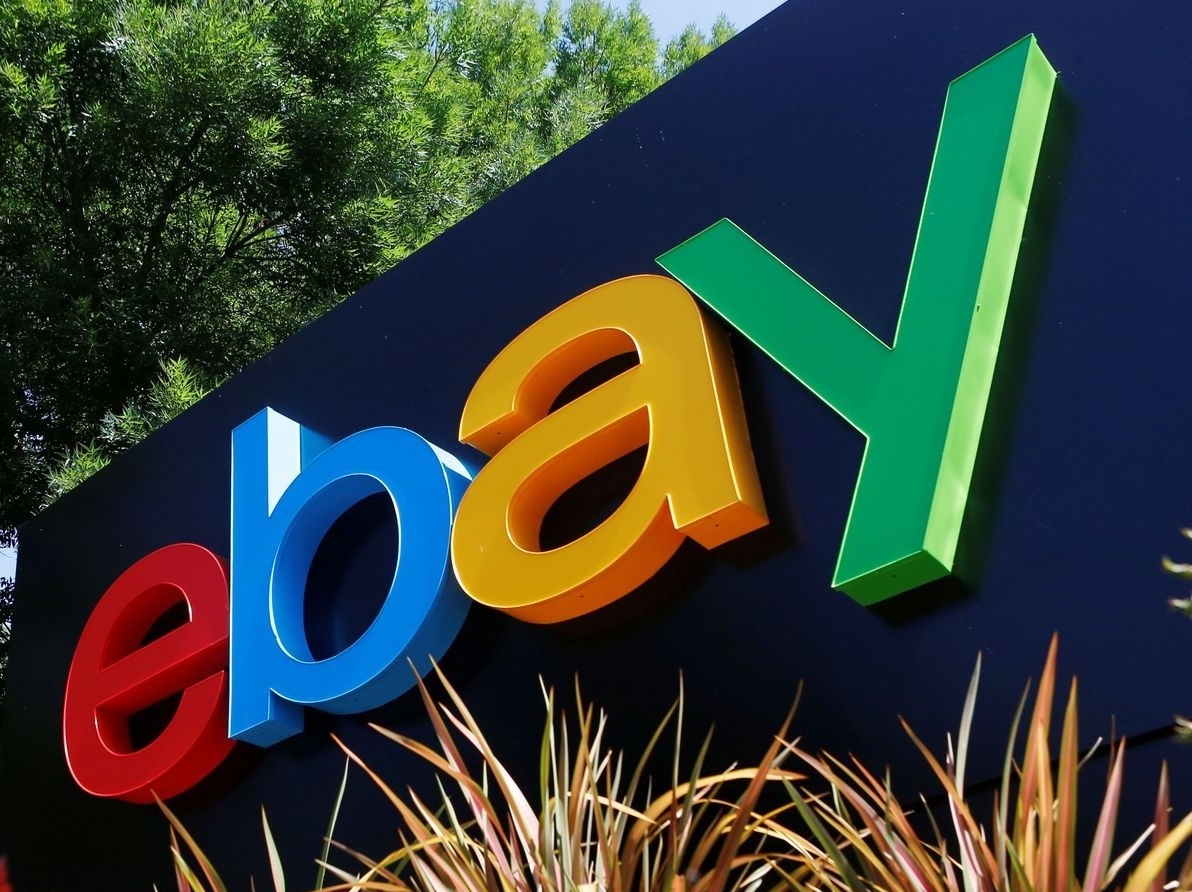SAEDNEWS: The Amazing Story of eBay: Discover How the World's Largest Online Auction Site Revolutionized E-Commerce

According to the Success Service of SaedNews, in the vast world of the internet, few names evoke the thrill of auctions, the discovery of rare items, and endless opportunities for buyers and sellers like eBay. What began as a simple personal website grew into the world’s largest online auction marketplace, built on an innovative idea that won users’ trust. But how did this journey unfold? The story of eBay is a tale of entrepreneurship, innovation, and a deep understanding of a digitally emerging community—one that began with a chance idea and became a multi-billion-dollar empire.
The Birth of an Idea: From AuctionWeb to eBay
eBay’s story began in 1995 in the mind of Iranian-American programmer Pierre Omidyar. He launched a simple website called “AuctionWeb” as part of his personal site. Its initial goal was to create an online marketplace where people could buy and sell items and collectibles on equal footing. The first item sold was a broken laser pointer for $14.83—a seemingly small transaction that revealed a huge potential: people were willing to pay for almost anything online, even second-hand or imperfect goods.
Omidyar quickly realized that the auction model was a unique way to determine the true value of items based on real supply and demand. This system was not only attractive to sellers, who could sell items at the highest bid, but also thrilling for buyers seeking unique items at fair prices.

Key Strategies and Reasons for Explosive Growth
eBay’s success wasn’t just due to a good idea—it was a combination of smart strategies and a relentless focus on building a trustworthy user experience:
Building Trust with the Feedback System: One of eBay’s greatest innovations was its mutual rating and feedback system. Simple yet effective, it allowed users to assess each other’s credibility based on previous experiences, creating a foundation of trust in a market previously full of uncertainty.
Network Effect: As the number of sellers increased, more diverse items became available, attracting more buyers. This growing demand, in turn, drew more sellers—a positive cycle known as the “network effect,” quickly establishing eBay as an unrivaled marketplace.
Low Fees and Ease of Use: Early on, eBay charged very low listing and selling fees. Combined with a simple interface, this drastically reduced barriers for individual sellers and small businesses, enabling anyone to reach millions of potential buyers.
Strategic Acquisitions: Understanding the market’s evolving needs, eBay acquired key companies—most notably PayPal in 2002. This made payments faster, simpler, and safer, eliminating one of the biggest hurdles in e-commerce at the time.
Conclusion
eBay evolved from a simple auction website into a full-fledged e-commerce ecosystem. Its success demonstrates how a market-driven idea, coupled with relentless focus on trust, process simplification, and community building, can become a global phenomenon. By creating eBay, Pierre Omidyar not only provided a platform for buying and selling but also empowered millions worldwide to launch businesses, access unique items, and transform the way they interact with commerce. Today, eBay remains a major player in global e-commerce, continuing the legacy of innovation and entrepreneurship established by its founder.

